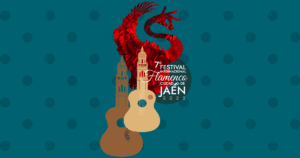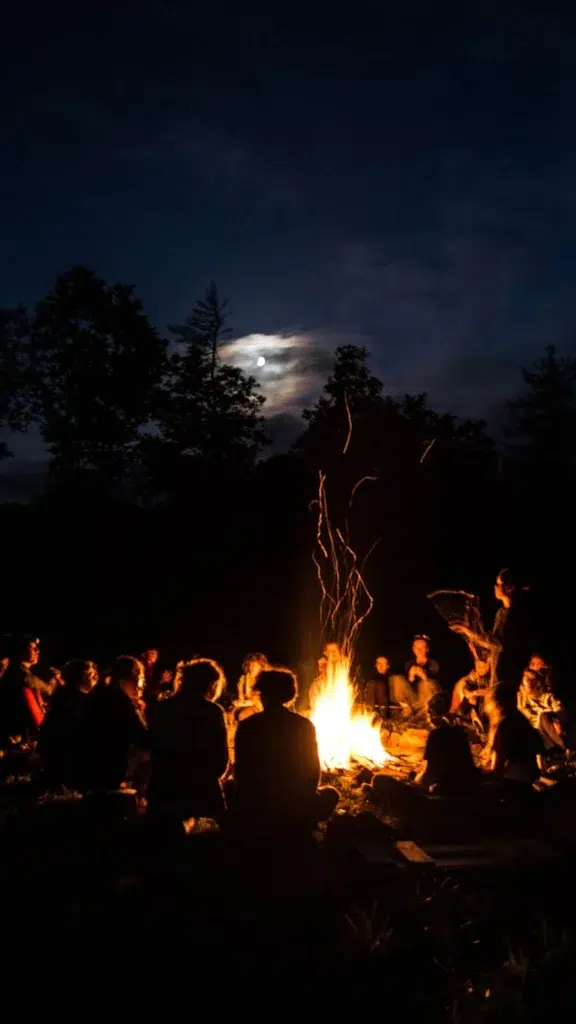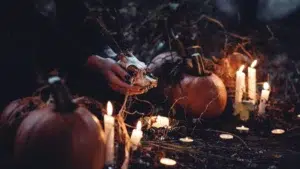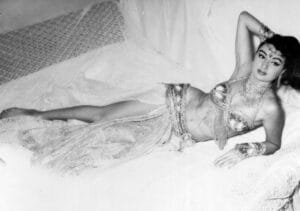
7th International Flamenco Festival City of Jaén 2025: TRAN TRAN launches footwear that transforms your dancing experience
Tran Tran at the Jaén Flamenco Festival: tradition, innovation, and lots of artistry Have you ever felt that pain
Always attracted by the Celtic culture and with Galician roots that bring us closer to this holiday, we have chosen Samhain to title this post for its ancestral character and for being the ritual that somehow connects us with current festivities such as the ubiquitous Halloween, which has its origin in it.
Modern Halloween has its origins in the ancient Celtic festival of Samhain, which marked the end of summer and the beginning of winter. It was believed that during that night, the world of the living and the world of the dead intertwined.
To us, as Spaniards, All Saints’ Day sounds more familiar than Halloween, which is not part of our culture, even though we have to spend these days surrounded by cobwebs, pumpkins and various monsters. But
You may be gathering with your loved ones around a bonfire somewhere in Europe or if you live in Mexico, you may be planning a picnic with your ancestors.

But we are not interested in talking about what we all know, but to take a look beyond the commercial and discover other customs. If there is a common element in practically any festivity or ritual, it is dance. Curioseando in that line, we have seen that it is also present in some of these celebrations linked to the world of the dead. Here is a nice example, the Xantolo. That is the word used by the indigenous communities in the Huasteca region to name the festivities they dedicate to those who are no longer with them. On those days, the souls of the deceased return to the world of the living to live with their families. And one of the main elements of the celebration are the traditional dances.
There are celebrations throughout the world where the sacred and the popular are intertwined in a similar way. This reminds us that no matter how far away we live, we always have more in common than it seems. In Cambodia for example, they celebrate the Pchum Ben Festival where they also honor their ancestors for no less than 15 days.
If you are more into trick-or-treating, there are events you should not miss: NYC Village Halloween Parade in New York, the largest Halloween parade in the world, and in Ireland the Púca Festival or the Derry Halloween Festival, one of the most emblematic celebrations of its Celtic origin.
Did you know that the word “Halloween” comes from the English expression “All Hallows’ Eve”, which means “All Hallows’ Eve”? We didn’t.
But what we find most surprising is the amount of traditions that we still have to learn about without leaving our borders. Here we share with you a few of them:
The tradition of the finaos: the Canarian Halloween

And you, what are your plans? trick or treat? Will you eat saint’s bones, pan de muerto, or an Irish barmbrack?

Tran Tran at the Jaén Flamenco Festival: tradition, innovation, and lots of artistry Have you ever felt that pain

Always attracted by the Celtic culture and with Galician roots that bring us closer to this holiday, we have

Today the legendary Dalilah would be 88 years old, it is the perfect day to remember her. A Madrilenian elected in 1959 the best dancer in Cairo no less and whose life deserves to be told on the big screen.

The TRAN TRAN logo includes two elements that have not been chosen at random, on the contrary, they have

Have you ever wondered why Book Day is celebrated on April 23? This date was chosen because it coincides

If you are interested in flamenco dance, we have three months full of interesting events before the summer. We